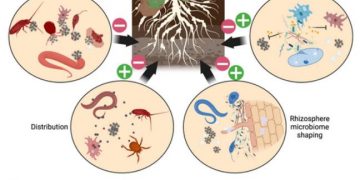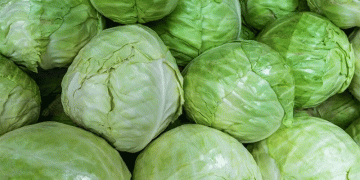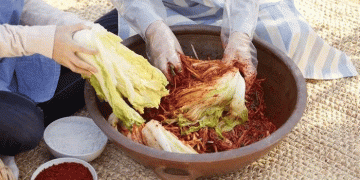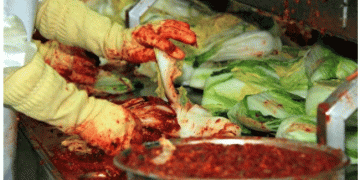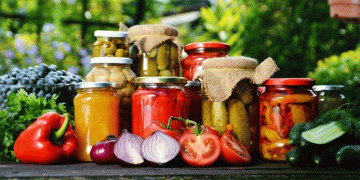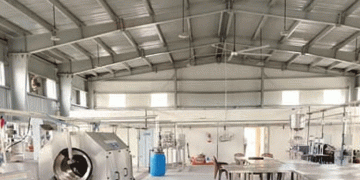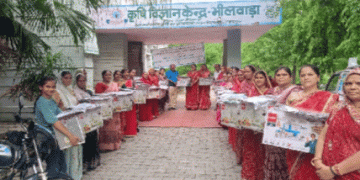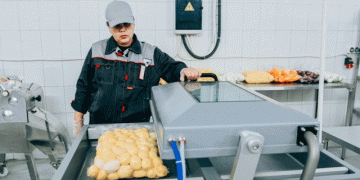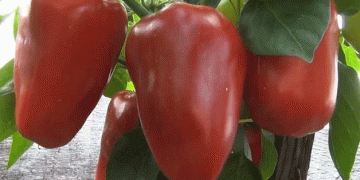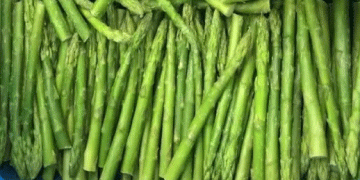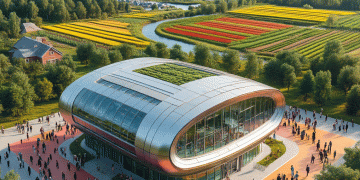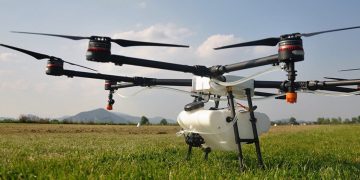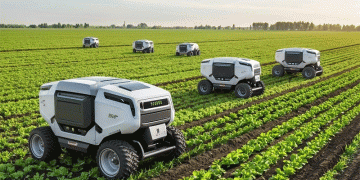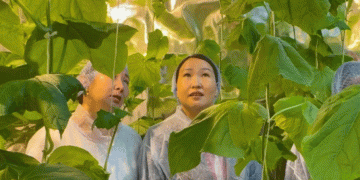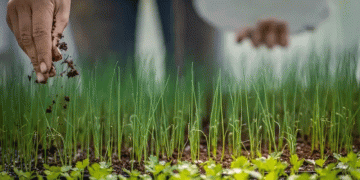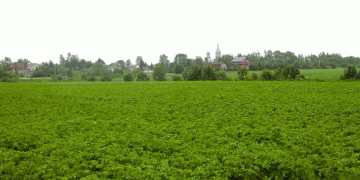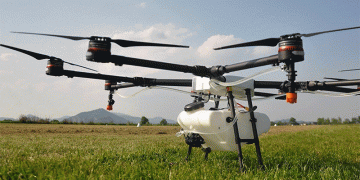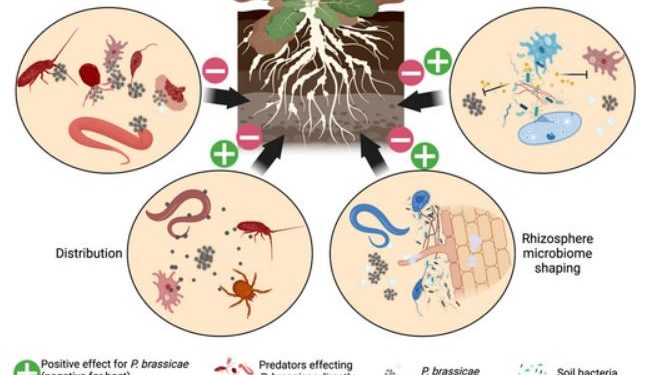Clubroot is caused by the soil-borne protist Plasmodiophora brassicae belonging to the plasmodiophorids, a group of obligate biotrophic plant pathogenic protists. An infection by P. brassicae on a susceptible host leads to tumorous root growth , that impairs water and nutrient uptake of the plant. Although, clubroot infections have been described for centuries, and have now been reported from all continents except Antarctica, the disease remains one of the biggest obstacles for the cultivation of Brassica crops . Globally clubroot is responsible for up to 15% loss of all Brassica crop production but locally can cause total crop loss .
Although plasmodiophorids are phylogenetically not related to fungi or oomycetes, fungicides have often (mostly unsuccessfully) been applied in an attempt to reduce clubroot disease. Compared to P. brassicae, fungal or oomycete soilborne pathogens are actively growing and have an active metabolism for longer periods in the soil . They would therefore be expected to be more sensitive to fungicides that target metabolic activity than the clubroot pathogen, which primarily persists in an inactive form Clubroot can be mitigated by mercurous chloride, methyl bromide, or vapam fumigation of soils. However, mercurous chloride and methyl bromide were removed from the market due to their high toxicities and environmental impacts, while vapam is a nonselective, water-soluble, volatile toxin posing risks to the environment and applicators.
Microbiome predators—protists, nematodes and microarthropods—are the main consumers of soil bacteria and fungi . Predation by nematodes , collembola and protists on fungal and oomycetes soilborne pathogens has been shown to reduce infections in other plant-pathogen systems. However, other soilborne pathogens often differ profoundly in terms of size (oomycetes, nematodes, and fungi), mobility (nematodes), or filamentous growth pattern (oomycetes and fungi) compared to P. brassicae. These traits might link to different types of predators (i.e., mycelium grazers), whereas P. brassicae might be particularly prone to smaller microbiome predators, such as protists. Resting spores of P. brassicae and other plasmodiophorids should also be an attractive dietary resource as they contain high-energy substances such as proteins, carbohydrates, and especially lipids.
Theoretically, chitin-digesting organisms can feed on the resting spores in the soil. But as plasmodiophorids do not show filamentous growth in the soil, fungivores nematodes that use a stylet to penetrate fungal hyphae are likely not the main consumer of P. brassicae. A bigger threat for P. brassicae may be Collembola, microarthropods, or fungivorous protists, which are widespread in soils and can feed on yeast and spores in a similar size range to the resting spores . Due to their small size most soil protists can take up resting spores either by targeted feeding or by nonspecific consumption. Nonspecific consumption commonly occurs in soils and engulfment of P. brassicae resting spores by protists was observed when we added them to protist cultures . Vampyrellid soil amoeba can also perforate and prey on plant pathogenic fungal and oomycetes spores, as well as diatoms, a mode of attack that might also work for resting spores. Nothing is known about the direct trophic interaction of predators and P. brassicae, but in culture we observed the engulfment of spores by several protist species . Furthermore, an indication for a possible impact of predation on plasmodiophorids was recently shown by a negative correlation between the presence of phagotrophic protists and the plasmodiophorid Polymyxa graminis . The indiscriminate indigestion of spores by saprophytic species such as earthworms and microarthopods may further reduce soil-borne pathogens. In addition to direct predation on P. brassicae, predators could also suppress or enhance the clubroot disease indirectly by preying on bacteria and fungi and changing their community composition.
Reference: Schwelm A, Brennan F, Geisen S. No rest for resting spores: can predators mitigate clubroot disease? J Sustain Agric Environ. 2023; 2: 131–139. https://doi.org/10.1002/sae2.12042
